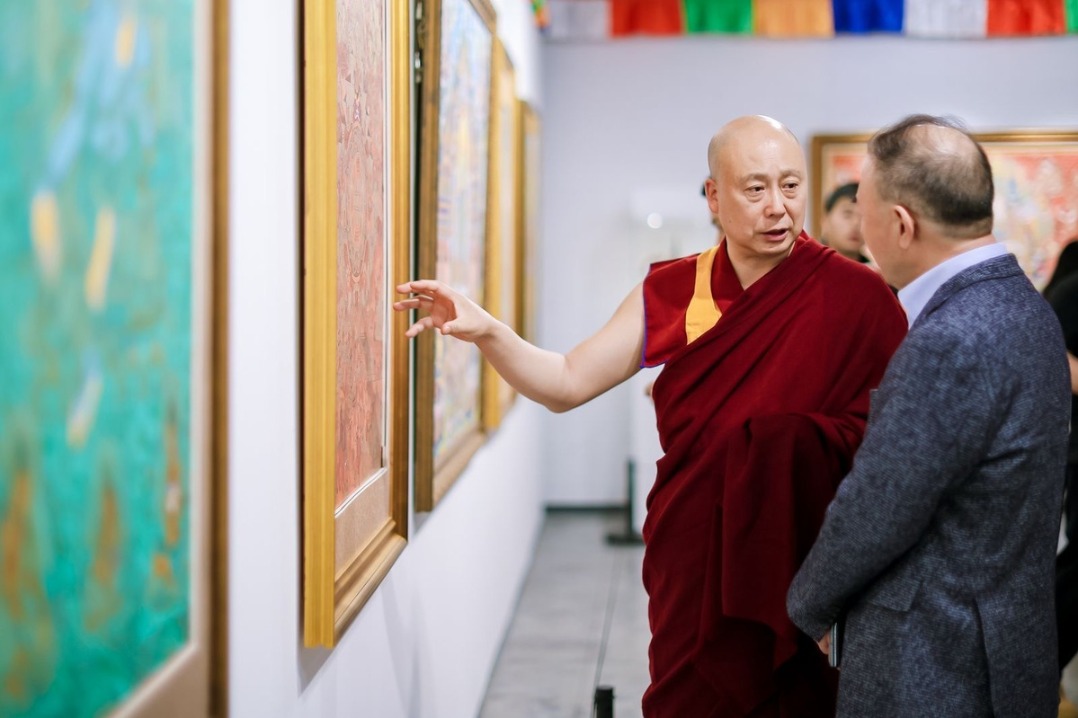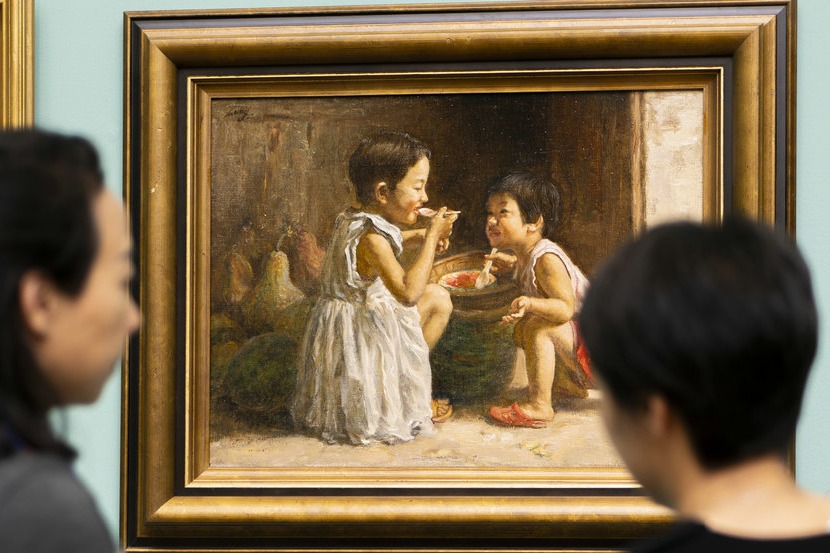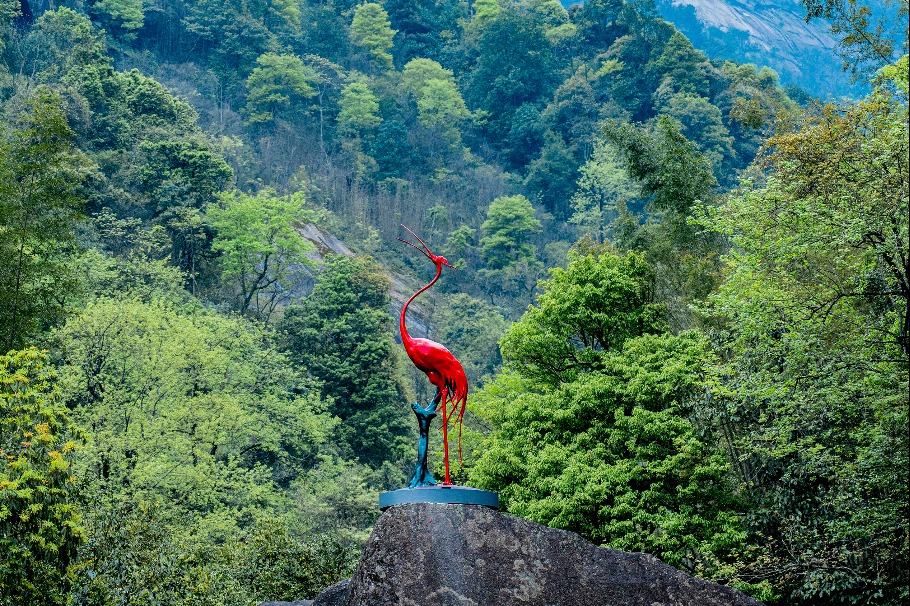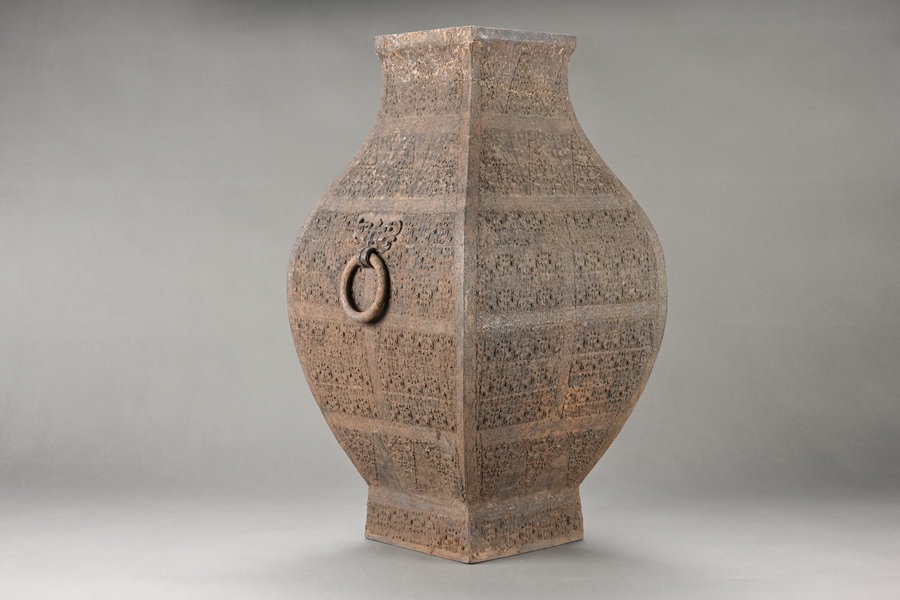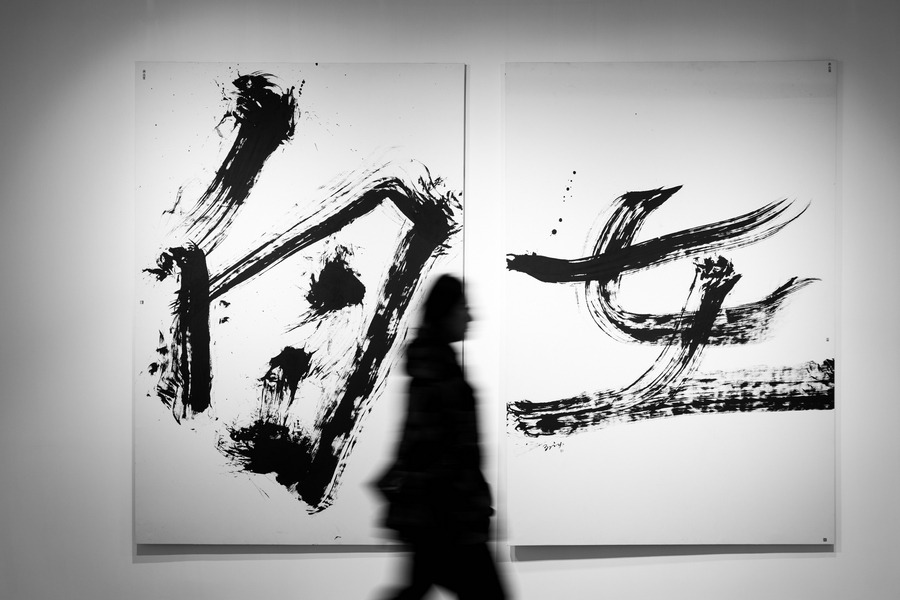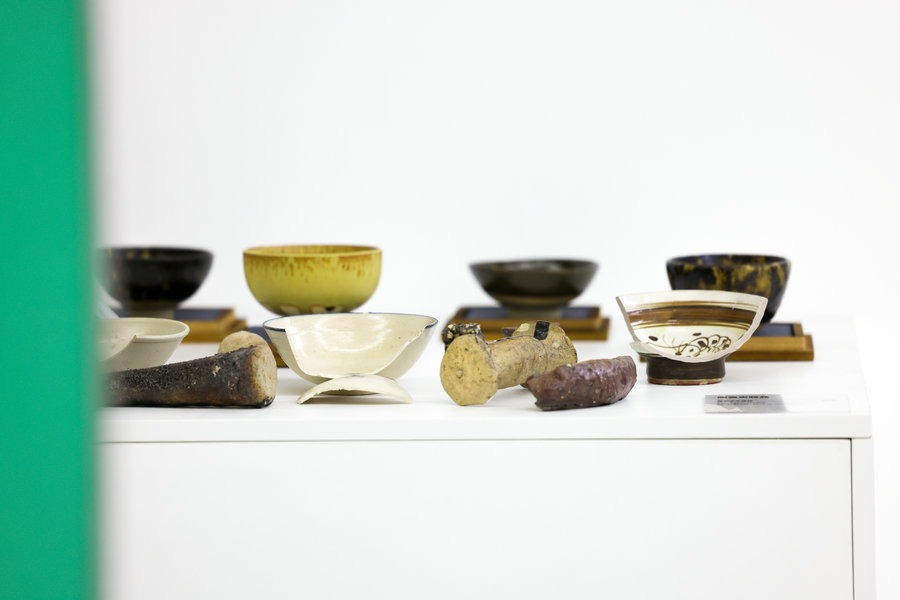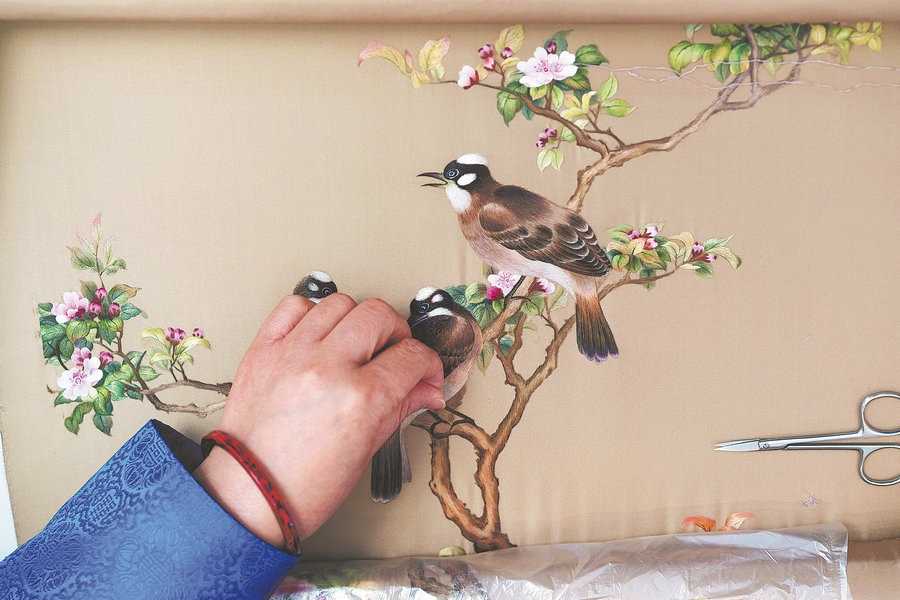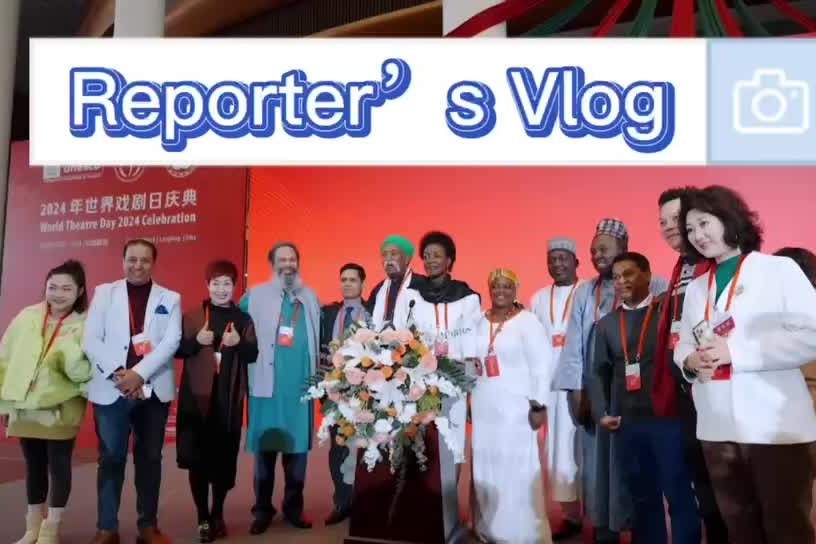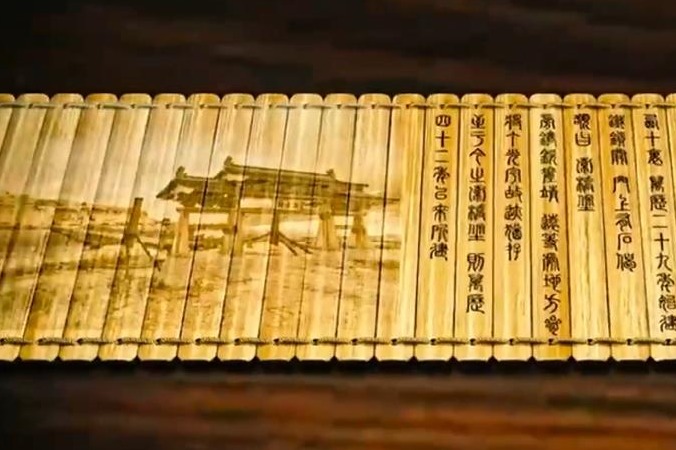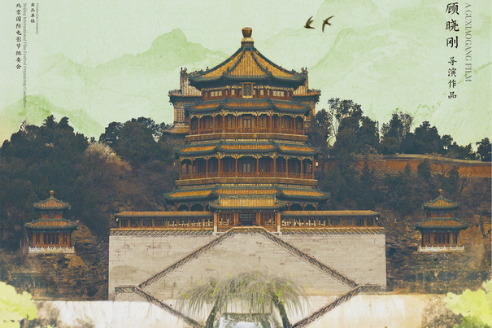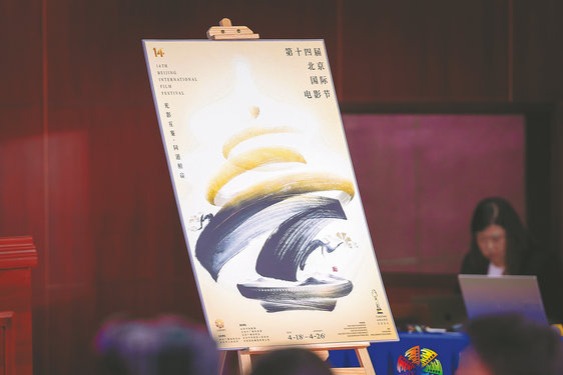Hohhot gets taste of folk talent from around the globe

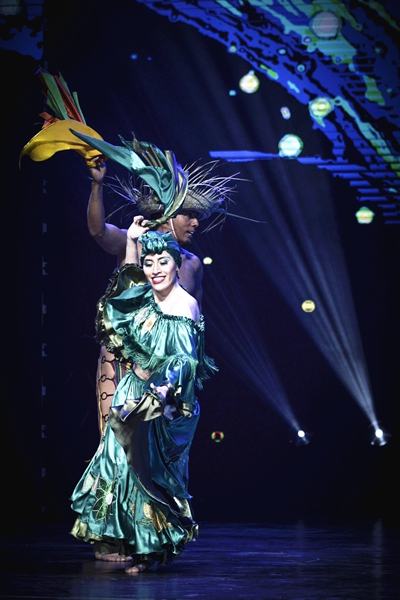
Uzbekistan has had trade and cultural exchanges with China since ancient times. The head of Sabo says she hopes that the two countries will have more cultural cooperation and that Chinese artists will visit Uzbekistan for performances as well.
The Vanuatu Youth Folk Dance Ensemble, consisting of about 20 performers, also performed at the event.
Peter Kalo, a member of the troupe, who is a university student in Beijing, says: "We wanted to wow the Chinese with our traditional dances, which also express our country's culture. We spent a lot of time practicing."
The troupe performed the akoe, a typical festive dance of Vanuatu, with a joyful and passionate tempo, at the opening of the event.
The Republic of Vanuatu, a part of the Melanesian Archipelago, comprises 83 islands. And the people on each island have different costumes, dances and tattoos.
For the performance, the dancers' faces had patterns that used to be drawn on soldiers' faces before they went into battle. Their costumes had green-the symbol of the islands and the forests-and blue-representing the sea-and flowers on their heads, representing the blooms on the islands.
Dong Zhanshun, director of the festival committee, says: "Overseas artists are not only interested in traditional Chinese culture but also in our country's economic development and urbanization."
Recalling the first festival held in 1990, he says it was rare to see foreigners in China, so locals liked any overseas program. But the situation is different now.
"As there are more cultural exchange activities, it's challenging to find quality programs that meet the tastes of Chinese audiences. But folk arts do not necessarily have to be traditional. They can also keep pace with the times and be combined with modern aesthetics," he says.


















